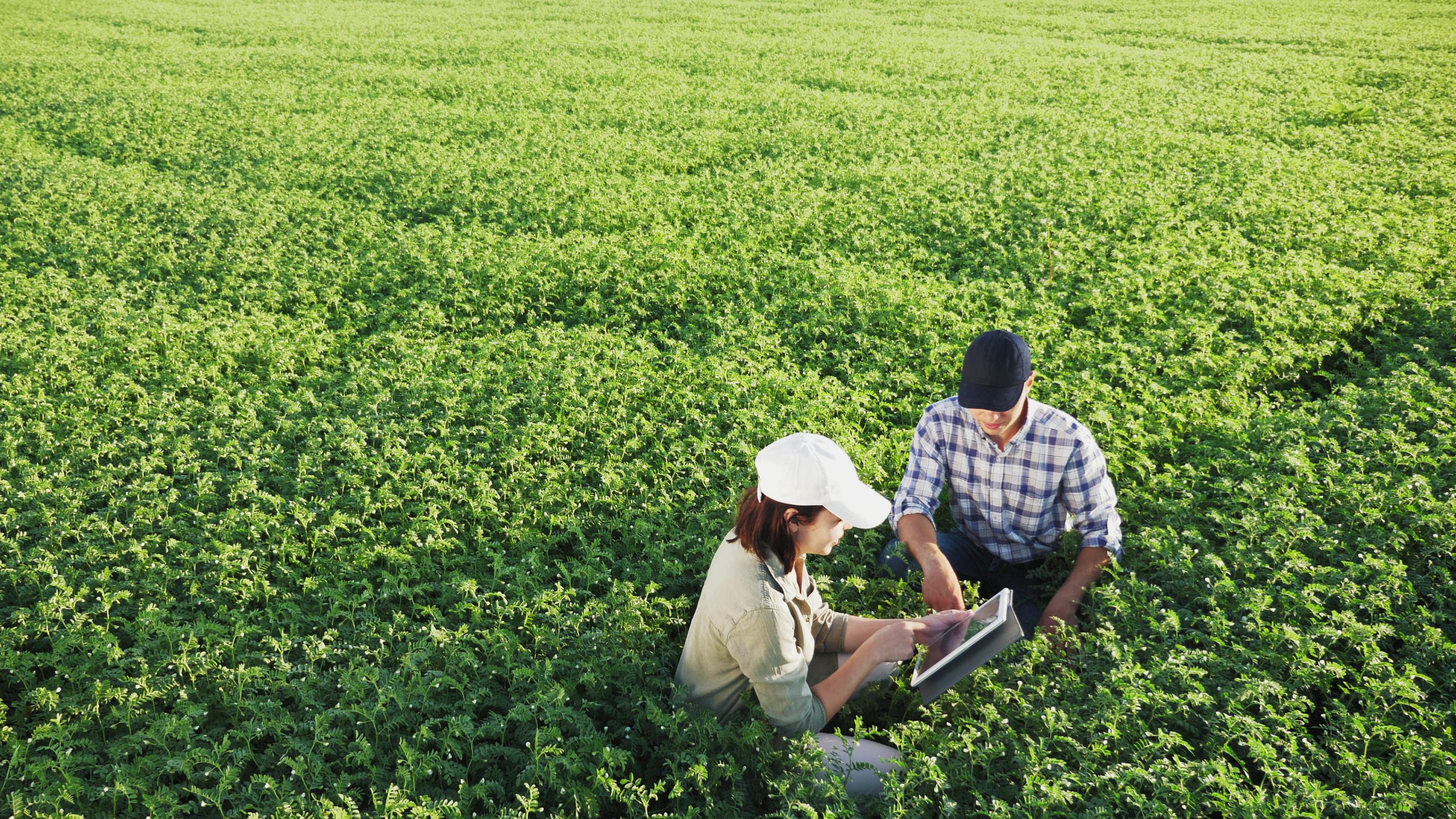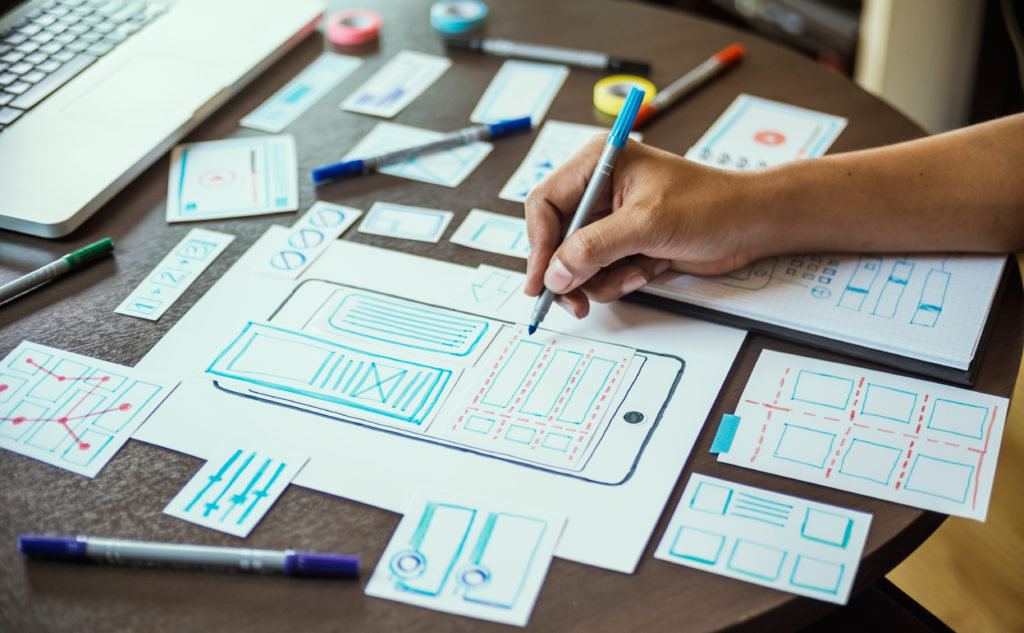
The adoption of technology within the agriculture sector is playing a key role in the development of more sustainable, efficient and safe food production. One of the more interesting developments in this area is the way in which technologies from industries that might not have been traditionally associated with agriculture are being adopted within the sector.
Take, for example, the use of Internet of Things (IoT) devices. As discussed by my colleague Eric McNeil in this article, IoT devices have recently risen to prominence within the Agri-tech space, with increasing numbers of patent filings indicating the strong growth of this technology within the sector. IoT-enabled sensors and devices can be used to monitor a whole host of variables from soil health to atmospheric conditions, with feedback systems enabling automated processes in response to the gathered data.
Such systems rely on a combination of different technologies, including the sensor technology itself, the satellite systems to enable the IoT connectivity, and the data processing and feedback algorithms. It may be the case that companies from these different sector areas – which perhaps would not have been considered as “traditional” areas of technology associated with farming – come together in collaboration in order to provide the full Agri-tech solution. For example, sensor technology and data processing will need to unite with crop science in order to provide suitable feedback loops based on the gathered metrics in order to increase the efficiency and yield of crop growth.
Other examples where collaborations between different sectors may come together to provide an integrated Agri-tech solution include the use of satellite navigation systems for automated farm machinery and drones, and machine-learning algorithms to monitor and control various metrics from livestock health to crop yield predictions.
Collaboration between companies in different industries often provides valuable and exciting developments in the Agri-tech space. However, collaboration also raises the question of who owns any resulting intellectual property (IP) rights, such as patents, registered designs and trade marks. It is essential to establish the chain of title from the individual inventors/designers to the intended owners of those IP rights. In such cases, the ownership should be dictated not only by intra-company agreements, such as employment contracts to ensure that any IP rights created by employees in IP-creating roles are automatically assigned to the company, but also inter-company agreements between the parties of the collaboration.
As with many things in life, it is recommended to ensure that the ownership of any IP rights is correctly established at the outset in order to prevent any problems further down the line. The last thing that a company needs, for example a start-up going through a due diligence process prior to acquisition or when seeking investment, is to find that its valuable IP is not validly registered in its name, or to be involved in an entitlement dispute.
Companies involved in collaborative projects should therefore be encouraged to consider carefully the IP ownership situation around any resulting product or service, particularly if they intend to seek IP protection. This can be done through ensuring that suitable collaboration agreements or contracts are in place between the collaborating parties clearly setting out the ownership situation. Confidentiality agreements can also play an important role in controlling the ownership of your idea in any initial discussions with potential partners.
In conclusion, it is advisable to establish at the outset the ownership situation of any new IP that might arise as the result of a collaboration between different parties, and to establish the chain of title from the inventors to the agreed owners of any IP rights as soon as possible. This will minimise the risk of any ownership issues or entitlement disputes further down the line, which have the potential to have an adverse effect on a company’s commercial goals.
If you would like to discuss any of the issues discussed in this article, or if you think you have an idea that might be patentable, you can find my contact details on my web profile here or get in touch with our advanced engineering team via engineering@gje.com.

